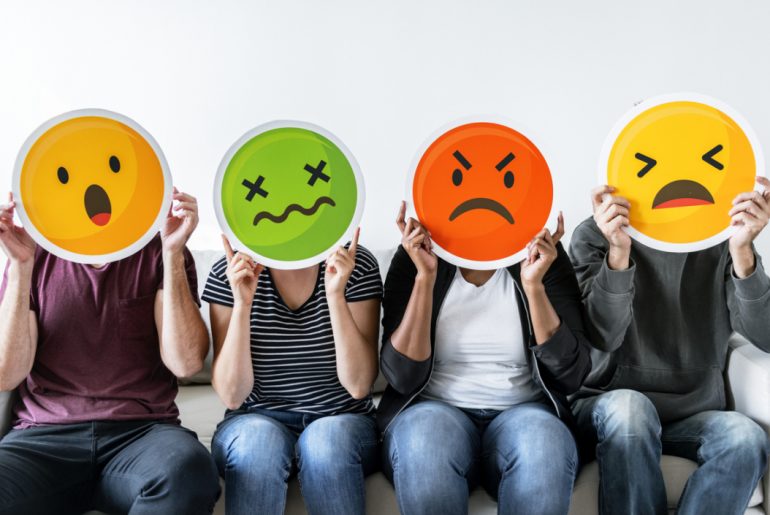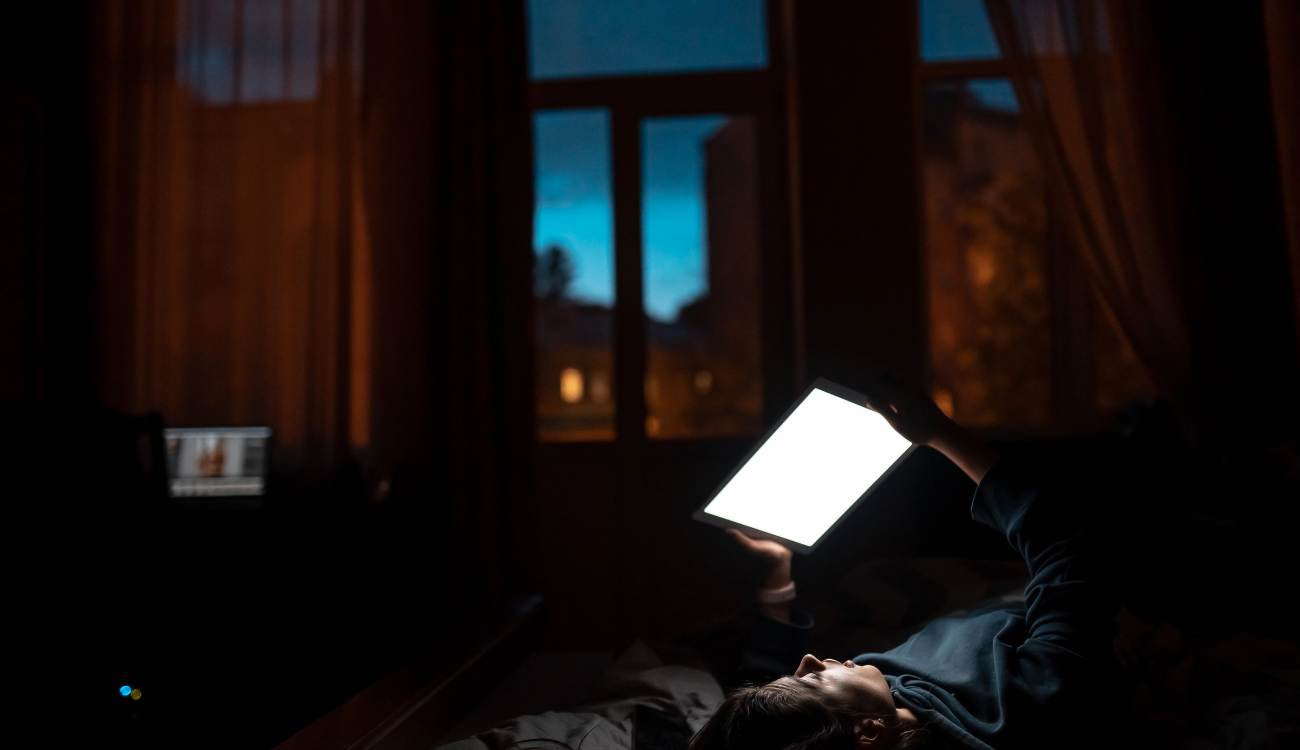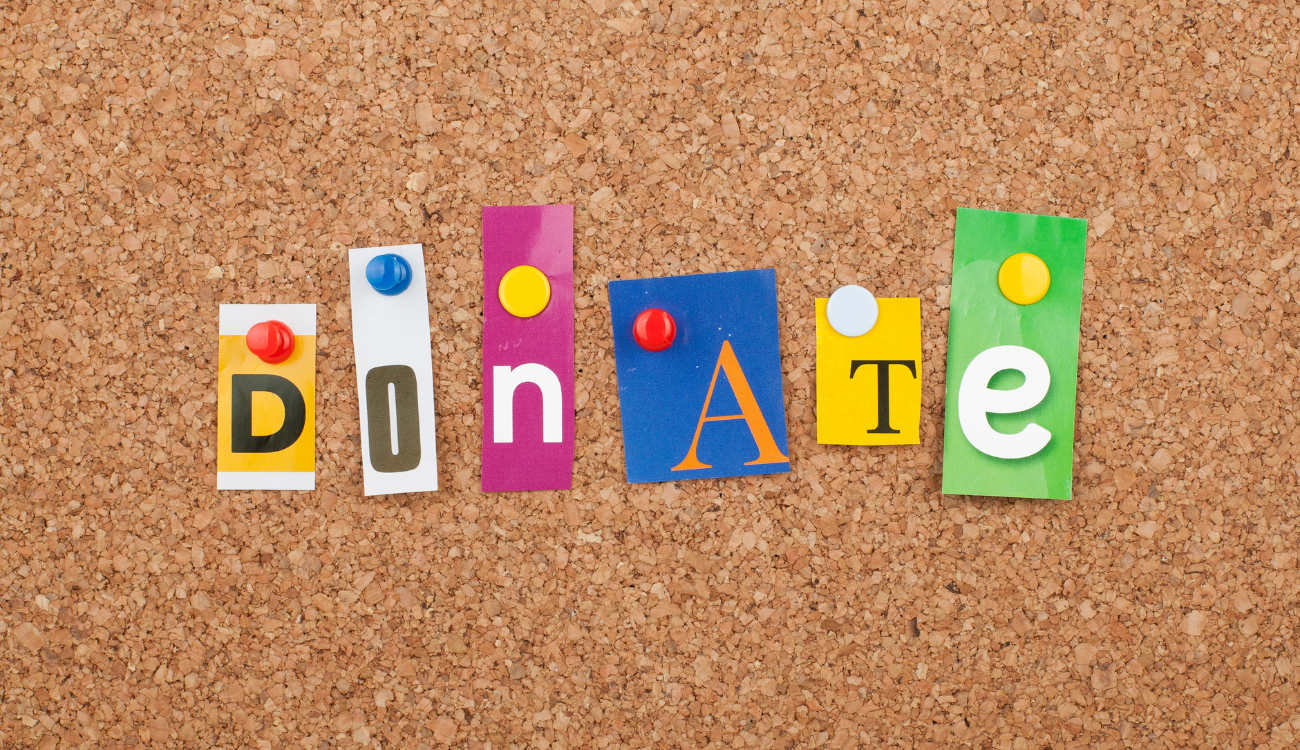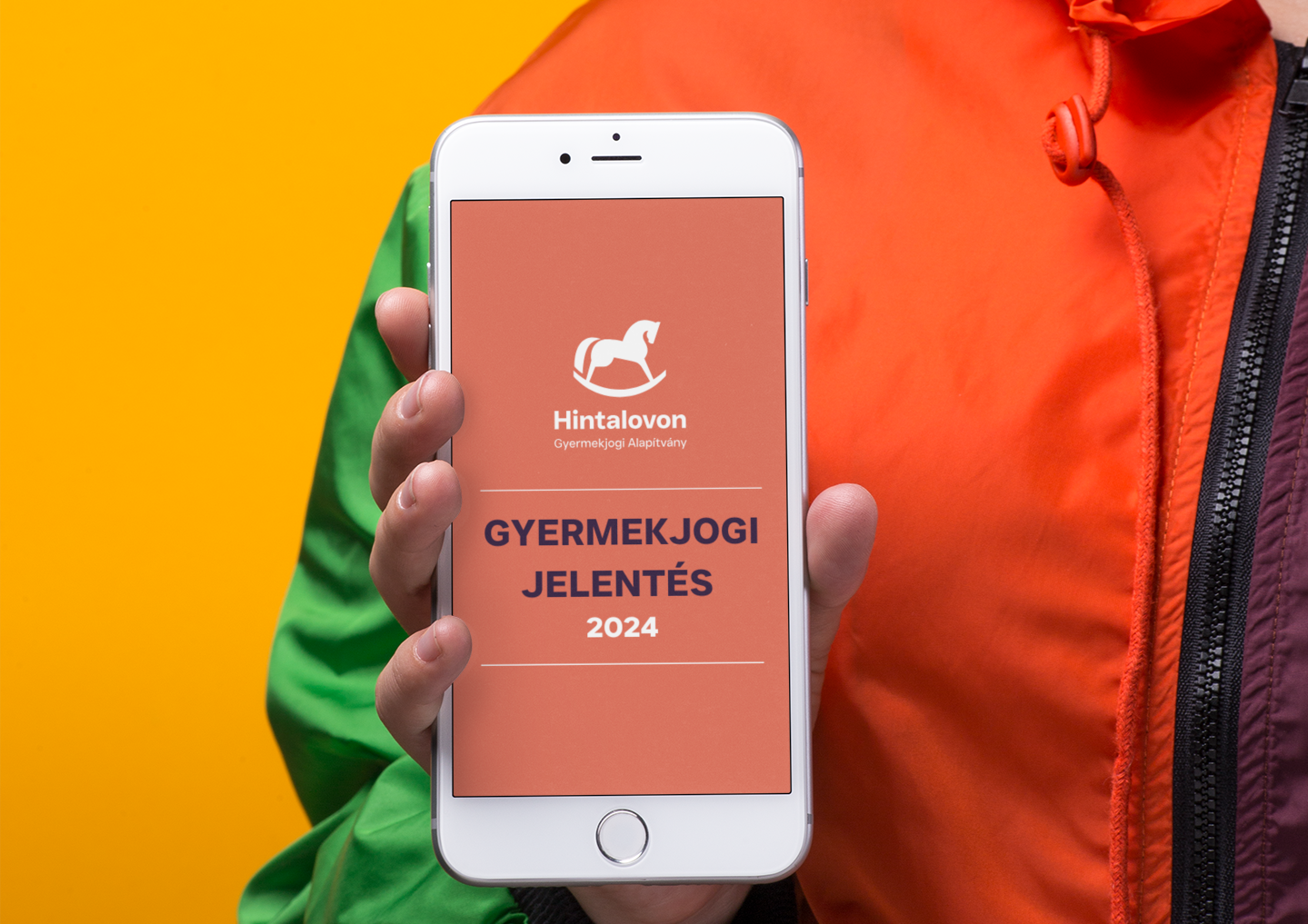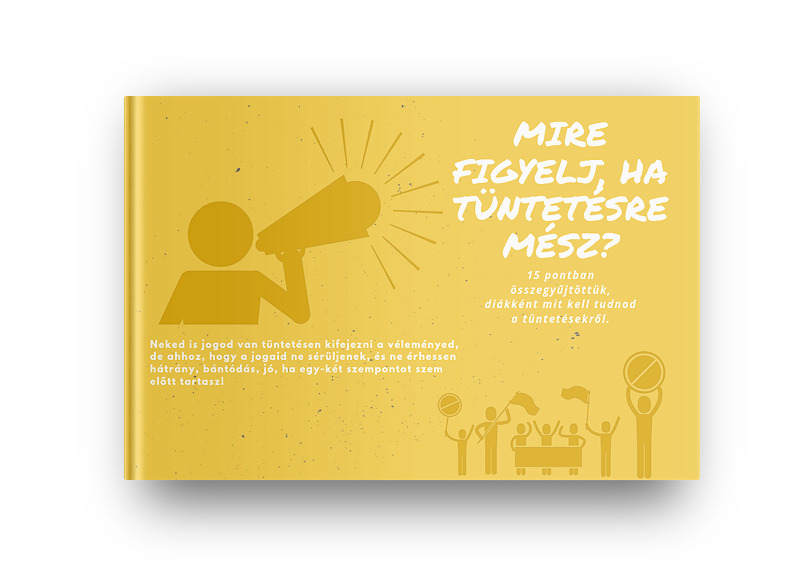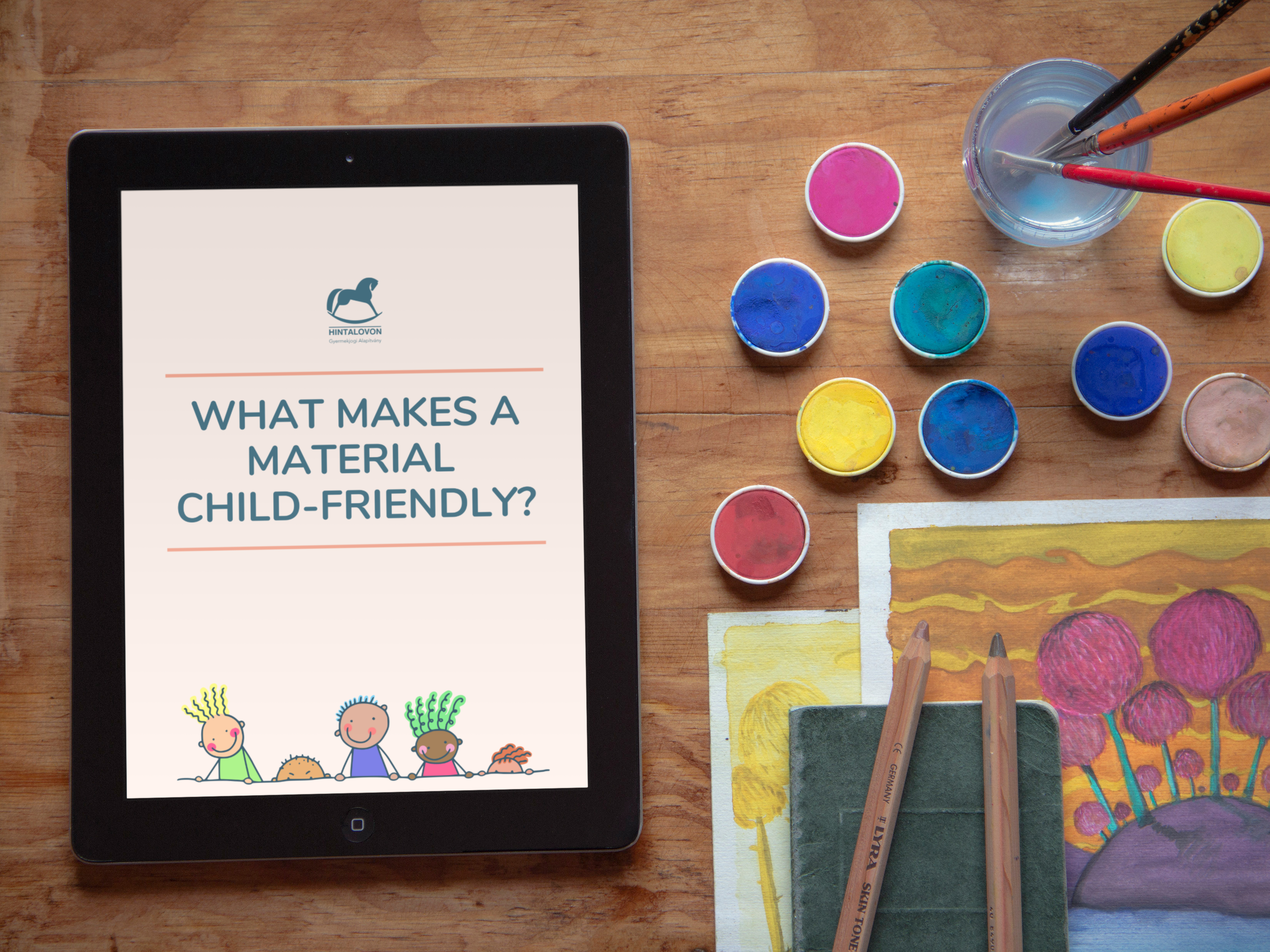You do not want to hurt your children, but they are so cute in that picture, you want everyone to see it… This is how you can keep them safe.
- You are not allowed to post a picture of other people’s children.
- You should not post nude photos of your own (or others’) child if or photos showing her/him in vulnerable positions/situations or otherwise being hurtful or humiliating.
- Before you post a photo of your child on Facebook, think about it: in a few years time when your child is older and sees this photo, what will s/he say about it?
- Ask the child if s/he agrees to the photo of him/her (and the text) being posted. The child has the right to express an opinion on matters that concern him/her – and this is indeed such a matter. (Needless to say, the child’s opinion should be respected!)
- Always ask yourself before posting: who will this post be about? Is it about me or the child? Does the photo show what kind of parent I am, or the child? Do I want my post to get as many likes as possible? If it is more about me, then I should be on the picture, not the child.
- Maybe writing a funny, kind story is enough and you do not even need a picture.
- All our posts and habits on Facebook will serve as a model for our child. We will not be authentic when we forbid a child to upload pictures from a party if we have done (are doing) it.
- Think about every post. If you are unsure whether to post something, it is better to sleep on it or ask a friend (and of course the child) if s/he thinks the picture is okay.
- Many photos of children are taken at home, and they may include details that could help malicious users learn more about, for example, the safety of our home, or our habits. (Just think of posts such as “We go to the playground every afternoon. Only the cat takes care of the house. Our child and cat are so cute together, aren’t they?”)
- Think about who you want to share the picture with: family, best friends, acquaintances? Intimate pictures of the child belong to the family only so create a closed (secret) group for them and share the personal photos only there. Set up your account carefully (even the posts one by one, if necessary) and always be up-to-date with privacy options.
This is the translation of this Hungarian article on Yelon.hu.
